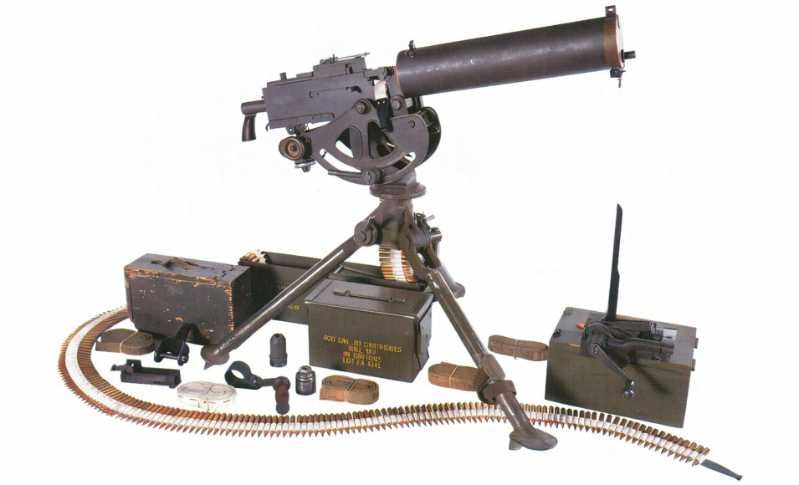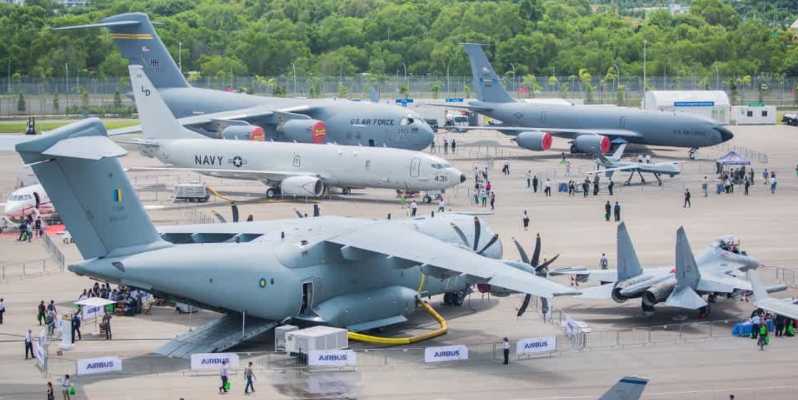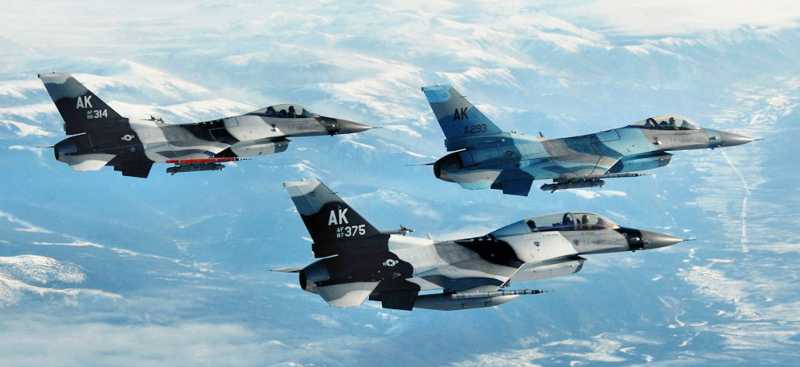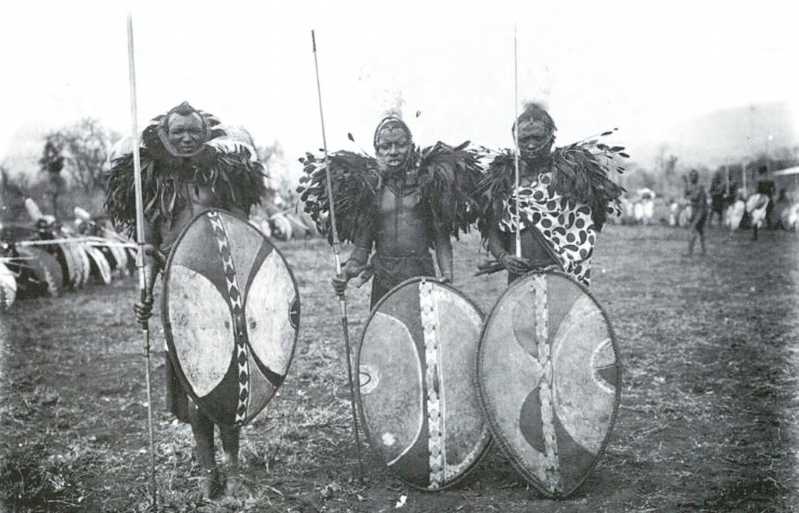In 1884, Hiram Stevens, an American of British origin, developed the earliest automatic weapon, known as the Maxim machine gun.
With the arms race and the shadow of war, many countries have introduced and imitated the Maxim machine gun.
Among these various Maxim machine guns, some models are well-known, such as China’s Type 24, Germany’s MG08, and Britain’s Vickers, but there are also some models that are relatively unpopular and unknown. Today we will take stock of those less popular Maxim machine guns.
China’s Maxim 36-type heavy machine gun
In 1946, the annual report on the development of national defense science of the 6th Department of the Ministry of National Defense of the Kuomintang stated: "The focus of our national defense has shifted to the north. In order to adapt to the northern climate, the water-cooled Maxim heavy machine gun must be changed to an air-cooled one... The research results show that the trial production has been completed, and the test firing results are good. 5,000 rounds were fired continuously, and the effect was very good. The rate of fire is 650 rounds per minute." According to the information of the Taiwan Joint Logistics Factory, this machine gun is called the Maxim 36-type heavy machine gun. The Maxim 36-type heavy machine gun is an improved product based on the original Maxim 24-type heavy machine gun. The overall structure of the Maxim series is still retained, but the original water-cooled barrel is replaced with an air-cooled replaceable barrel, and the previous heavy tripod is replaced with a light tripod.
The Maxim 36 heavy machine gun is structurally identical to the previous Maxim machine gun. It still uses the barrel short recoil automatic mode, toggle locking mode, secondary feeding, and can only fire in bursts.
However, due to the use of an air-cooled barrel, the weight of the Maxim 36 heavy machine gun has dropped to 15 kg, and the tripod has also been replaced with a 16.7 kg light tripod, and the weight of the entire gun has been reduced from 49 kg of the Maxim 24 heavy machine gun to 31.7 kg.
The Maxim 36 heavy machine gun fires 7.92 mm Mauser rifle bullets, the entire gun is 1200 mm long, the barrel is 721.2 mm long, the entire gun weighs 31.7 kg, and is fed by a 250-round belt. It uses the classic barrel short recoil automatic mode and toggle locking mode, and the theoretical rate of fire is 650 rounds per minute. The gun was put into production in 1947 by the then Ordnance Department Factory 21. By the time the Kuomintang fled to Taiwan, a total of about 1,500 guns had been produced. In 1948, a plan to develop a general-purpose machine gun based on the gun was proposed, but the plan ended due to the liberation of Chongqing and the takeover of Factory 21.
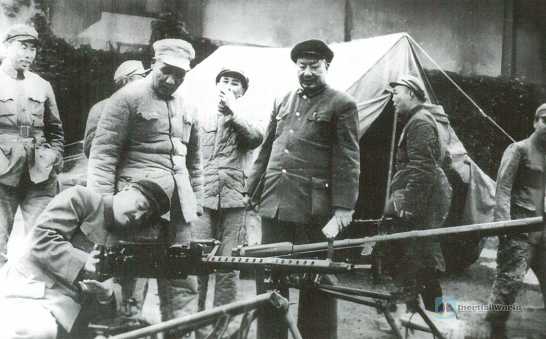
Japan’s trial production of the Type 98 water-cooled heavy machine gun
In Japan’s war of aggression, the important heavy machine gun of the Japanese Army was the Type 92 heavy machine gun. The basic structure of the gun was copied from the French Hotchkiss heavy machine gun, which is a gas-operated machine gun. At a military meeting, Japan proposed to equip fortresses, armored vehicles, and tanks with a heavy machine gun that can fire continuously for a long time. This requirement is difficult to achieve for the Type 92 heavy machine gun. To this end, Japan referred to the British Vickers heavy machine gun and developed its own new heavy machine gun in 1938 (2598 in the Japanese era), named "Trial 98 Water-Cooled Heavy Machine Gun". Unlike previous Japanese machine guns, the Trial 98 Water-Cooled Heavy Machine Gun uses a water-cooled barrel, which improves the continuity of firepower. The gun fires 7.7mm Arisaka rifle bullets, the entire gun is 1090mm long, the barrel is 721mm long, and when not filled with water, the total weight of the gun (including the tripod) is 55.5kg. It also uses a short-recoil automatic mode and a toggle locking mode, with a theoretical rate of fire of 550 rounds/minute.
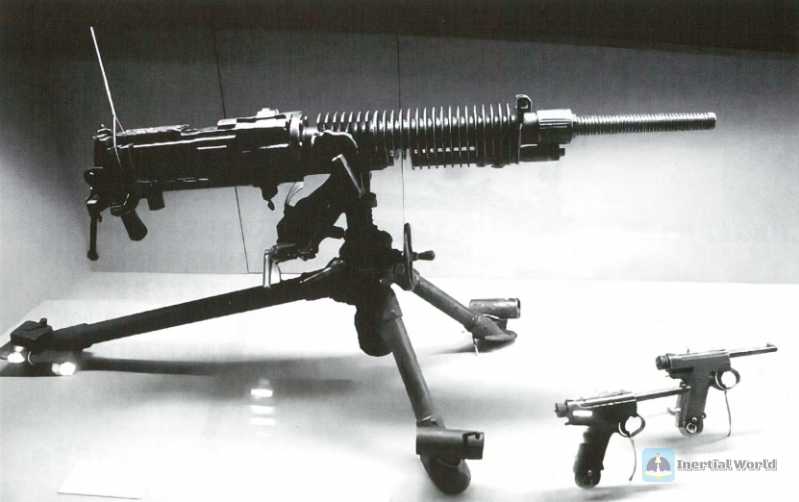

In terms of design ideas, the trial-produced Type 98 water-cooled heavy machine gun considers the ammunition, ammunition supply and tripod of the Type 92 heavy machine gun as much as possible, but in order to improve the continuity of firepower, the gun can also
Use a 200-round belt. In 1940, the first batch of trial-produced Type 98 water-cooled heavy machine guns were sent to the border between the then puppet Manchukuo and the Soviet Union, and used as fortress machine guns. During the entire World War II, a total of 1,506 of the guns were produced.
German Maxim MG18 TUF heavy machine gun
During the First World War, the main machine gun of the German army was the Maxim MG08 heavy machine gun, which caused great casualties to the German enemies. However, as the British army used tanks in the war, the Germans found that the 7.92mm Maxim MG08 heavy machine gun was indeed very difficult to deal with these iron boxes, so they increased the caliber and developed a new heavy machine gun, the Maxim MG18 TUF heavy machine gun. Among them, the "TUF" in the name means "tanks and planes", indicating that the main task of the gun is to attack enemy tanks and planes.
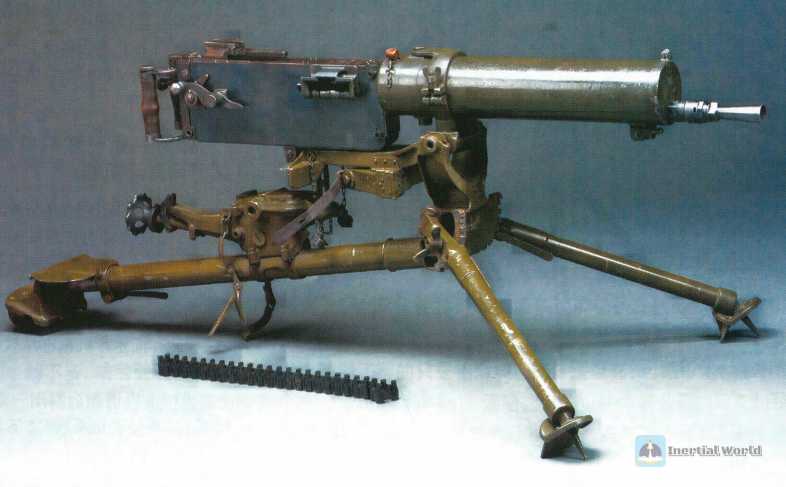
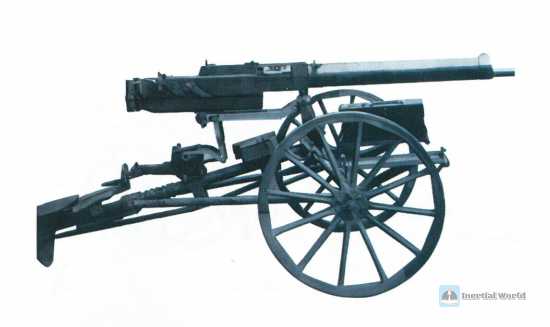
In October 1917, the German War Ministry began bidding for a new heavy machine gun, aiming to find an automatic weapon that fires 13.25x92mm semi-rimmed rifle bullets and must penetrate 10mm armored steel plates. In the end, MAN’s plan was adopted by the German army, which is the Maxim MG18 TUF heavy machine gun.
In 1918, the German army began to equip the Maxim MG18 TUF heavy machine gun, which is basically an enlarged version of the Maxim MG08 heavy machine gun. It fires 13.25mm machine gun bullets, the whole gun is 1590mm long, the barrel is 1090mm long, and the whole gun weighs 134kg, of which the gun body weighs 37kg. Because the weight of the gun is too heavy, it has to use a wheeled towed gun mount.
The Maxim MG18 TUF heavy machine gun also uses a short-recoil automatic mode and a toggle locking mode. The theoretical rate of fire of the gun is 500 rounds/minute, the combat rate of fire is 300 rounds/minute, and it uses a 30-round, 50-round or 75-round belt for ammunition supply, with an effective range of 1800 meters. It is worth mentioning that because the German army’s tactical thinking attaches too much importance to armored forces, the 75-round long belt of the gun is used for anti-tank tasks, while the 30-round and 50-round short belts are used for air defense combat.
In terms of overall structure, the Maxim MG18 TUF heavy machine gun can still meet the needs of war. However, Germany surrendered in 1918, and World War I ended. The Maxim MG18 TUF heavy machine gun was no longer useful.
US Maxim M1904 heavy machine gun
In the impression of many military enthusiasts, the machine guns used by the US military in the early days were the Browning M1917 heavy machine gun and the Colt M1895 heavy machine gun. But in fact, the US military was also equipped with Maxim machine guns.
In 1887, the US military first became interested in Maxim’s new machine gun. Compared with the old machine gun, the new machine gun was the first to truly complete full-automatic shooting. In 1904, the United States and the British Vickers reached a contract to purchase 50 Vickers-Maxim machine guns and authorized Colt to copy them. In 1908, Colt officially put the gun into production and named it the Maxim M1904 heavy machine gun.
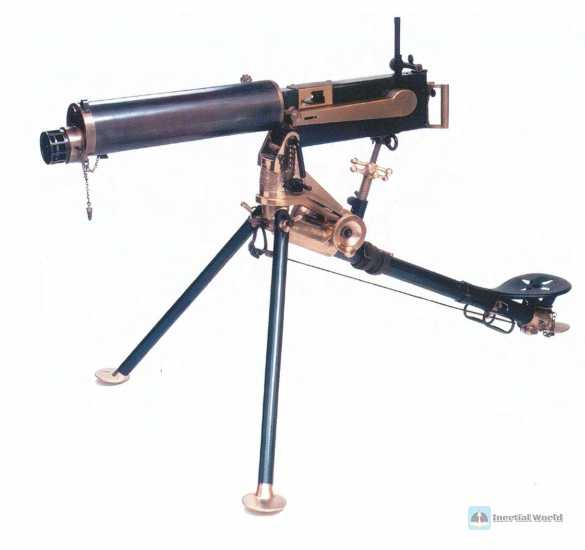
Maxim M1904 heavy machine gun adopts the traditional Maxim structure, that is, the barrel has a short recoil automatic mode, a toggle locking mode, fires .30-06 rifle bullets, uses a 250-round belt feed, can only fire continuously, and has a theoretical rate of fire of 450-600 rounds per minute. It is worth mentioning that Colt only produces the gun body of the gun, and the gun frame is purchased from outside - the tripod is purchased from Vickers in the UK, and the wheeled gun frame is purchased from Rock Island Arsenal.
Maxim M1904 heavy machine gun, like most Maxim machine guns, uses a water-cooled barrel, and the cooling water jacket can hold 3.53 kg of water for cooling the barrel. The gun is 1117 mm long, the barrel is 723 mm long, and the weight is 62.36 kg (without water)/65.89 kg (with water), of which the gun body weighs 26.08 kg and the tripod weighs 36.28 kg.
The Maxim M1904 heavy machine gun was officially put into production in 1908, but was discontinued the following year - the US military chose the Bennett-Massey 1909 light machine gun. In 1915, the US military adopted the Vickers heavy machine gun imitated by Colt, and in 1917, the Browning M1917 heavy machine gun was adopted. In addition to the 90 machine guns manufactured by Vickers from 1904 to 1908, only 287 Maxim M1904 heavy machine guns were produced.

How to determine whether a machine gun belongs to the Maxim machine gun
In fact, many self-media now have very limited understanding of the Maxim machine gun. In many people’s understanding, the Maxim is synonymous with water-cooled machine guns. However, in fact, the Maxim machine gun is not necessarily a water-cooled machine gun, and the water-cooled machine gun is not necessarily a Maxim machine gun.
So, how should we judge whether a machine gun belongs to the Maxim machine gun series? The author personally believes that the automatic mode and locking mode of a weapon are more important. For the Maxim series, the barrel short recoil automatic mode, the toggle locking mode, and the secondary feeding structure are the best evidence to determine its identity.


